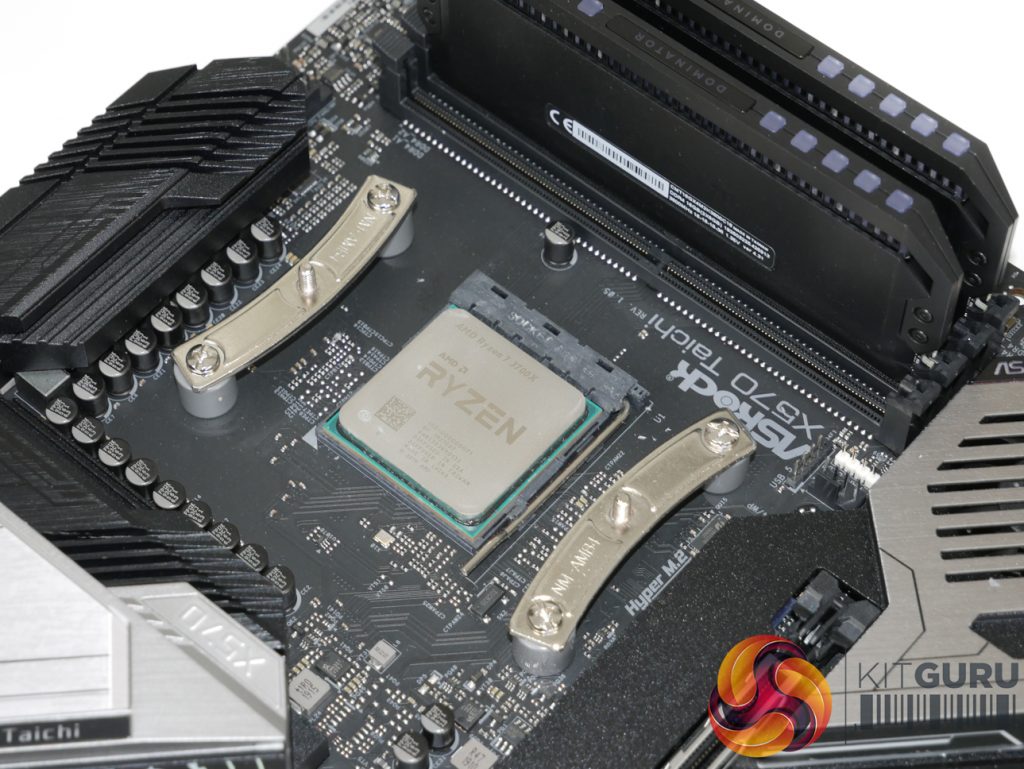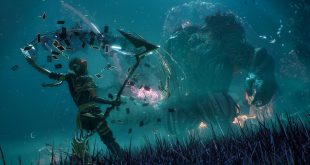Our objective with CPU overclocking is to hit frequencies that we think will be achievable for daily use by the platform’s buyers. As such, we test with sensible cooling hardware in the 240mm Corsair H100X, be quiet! Dark Rock Pro 4, and Noctua NH-D15. We also used sensible voltages that lead to manageable thermal results.
Stability is confirmed by running multiple Cinebench tests, Handbrake video conversion, and AIDA64 CPU, FPU, and Cache stress test for at least 1 hour. We do not use Prime95 as we have found it to be overly demanding as a stress test application with the more recent AVX-capable versions.
The partnering hardware of choice are the Gigabyte X570 Aorus Master and ASRock X570 Taichi motherboards, 16GB of 3200MHz CL14 DDR4, and a Seasonic Prime 1000W Titanium PSU.
Ryzen 9 3900X Frequencies:
We saw the 3900X generally hovering around 4000-4100MHz during stock-clocked testing.
Auto overclocking was a little boring to be honest. Precision Boost 2 allows the CPU to extract most of its performance automatically, leaving little left for manual tinkerers to obtain.
Precision Boost Overdrive (PBO) automatic overclocking gave us an extra 100-or-so MHz for short duration loads, allowing the 3900X to sit closer to 4150 or 4175MHz before the extended stress forced its frequency down. There’s another option that tries to force a frequency offset of up to 200MHz on top of PBO, but we didn’t have any real luck with this.
Overclocking with 1.4V pushed the Ryzen 9 3900X very close to the throttling point with our Corsair H100X AIO. 4250MHz was the highest stable frequency that we could manage. 4300MHz was bootable and held Windows stability, however, Cinebench and Blender tests would throw up unusual errors.
We settled for 4.25GHz all-core frequency and were able to back the voltage down a little to 1.35-1.375V while still maintaining stability.
Ryzen 7 3700X Frequencies:
The Ryzen 7 3700X generally operated at around 3950-4050MHz, though there were scenarios where the chip would maintain 4.1GHz all-core for extended periods.
Auto overclocking using PBO was very similar to the experience with the 12-core part. We managed to squeeze around an extra 100MHz maximum performance, though this number reduced once sustained load was applied and the chip hovered around 4125MHz on all cores.
Our manual overclocking experience was practically identical to that of the 3900X, though this time we were less thermally limited. 1.4V delivered 4.3GHz with the same unusual behaviour, while 4.25GHz allowed for complete stability. We managed to decrease the voltage further while maintaining stability.
1.35-1.375V is likely to be perfectly adequate for a 4.25GHz all-core speed on the Ryzen 7 3700X, based on our testing.
Overclocking comments:
4.25GHz at 1.4V on a 12-core chip is a decent result given AMD’s application of the new 7nm process technology. However, many people will be hoping to push further. One way of looking at this is, as with Ryzen 2000, AMD gives you most of the CPU performance by default out of the box, so you don’t really have much room to push the chip further.
Personally, I’d be inclined to enjoy the PB2 benefits of the chips at their stock clocks and settle for around 100-150MHz lower all-core frequency.
 KitGuru KitGuru.net – Tech News | Hardware News | Hardware Reviews | IOS | Mobile | Gaming | Graphics Cards
KitGuru KitGuru.net – Tech News | Hardware News | Hardware Reviews | IOS | Mobile | Gaming | Graphics Cards







